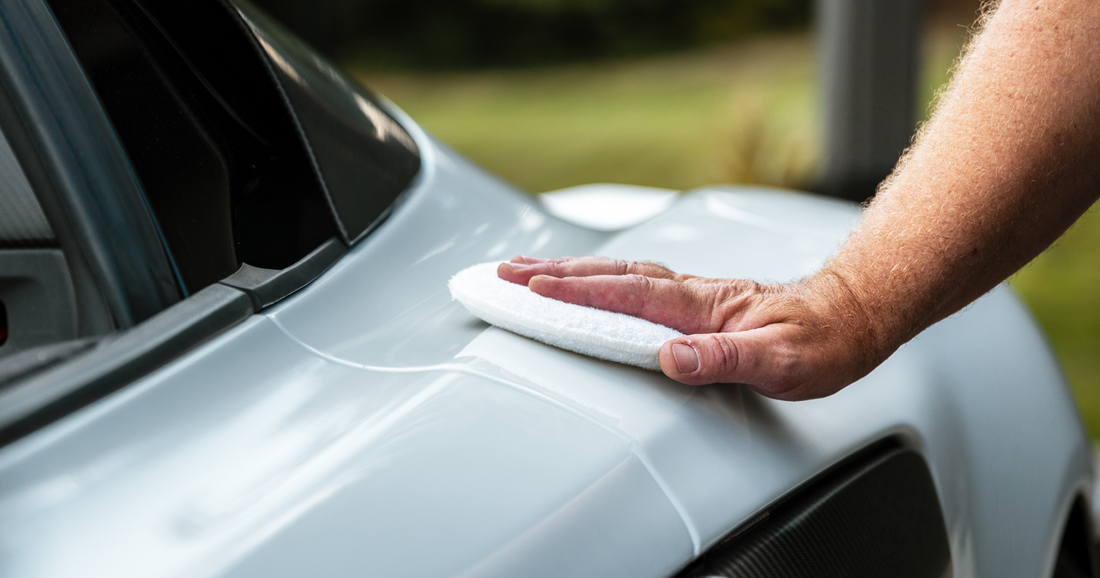All Categories
Featured
Your vehicle's suspension system plays an important role in providing a smooth and steady trip, ensuring that you maintain control on numerous surfaces. It absorbs roadway shocks, sustains the automobile's weight, and keeps tires in contact with the road. Correct upkeep of this complex system is critical for safety and security and performance. Adhere to these steps to guarantee your shock absorber stays in ideal condition.
![]()
Leaking Liquid: Struts or shocks may leak oil when they're worn. Damaged Springs: A drooping or uneven stance could indicate a broken springtime. Used Bushings or Sphere Joints: Splits, splits, or unusual activity during operation suggest wear. Rust or Corrosion: In time, steel components may corrode, bring about weakened components. Resolve any kind of concerns promptly by getting in touch with an expert mechanic.
![]()
Feathered Tread: Indicates bad positioning. Hairless Sides: Suggests worn shocks or struts causing excessive jumping. Turn your tires on a regular basis and maintain the correct tire stress to minimize pressure on the shock absorber. 3. When Necessary, change Shocks and Struts. Shocks and struts are important to your suspension's performance. Indicators they require changing consist of:
A bouncy or rough adventure. Nose-diving when braking. Extreme body roll when turning. Replacing these components at the advised periods (every 50,000 to 100,000 miles, relying on driving problems) can bring back ride quality and handling.
Stay clear of driving over potholes, curbs, and rate bumps at broadband. Take edges carefully to protect against too much lateral forces. Reduce on harsh roads to minimize wear and tear. 6. Schedule Regimen Alignments. Wheel positioning makes sure that your tires and suspension job sympathetically. Misaligned wheels can trigger guiding concerns, unequal tire wear, and extra anxiety on suspension components. Arrange a placement check each year or after striking a considerable fracture.
![]()
Verdict. A properly maintained shock absorber improves driving comfort, boosts safety, and prolongs the life of your automobile. By remaining positive with inspections, addressing issues promptly, and driving responsibly, you can maintain this crucial system for many years to come. Invest in appropriate suspension maintenance today, and appreciate a much safer, smoother adventure on every journey.

- Examine Suspension Components Routinely. Regular aesthetic examinations can aid recognize potential problems early. Search for the adhering to indications:
Leaking Liquid: Struts or shocks may leak oil when they're worn. Damaged Springs: A drooping or uneven stance could indicate a broken springtime. Used Bushings or Sphere Joints: Splits, splits, or unusual activity during operation suggest wear. Rust or Corrosion: In time, steel components may corrode, bring about weakened components. Resolve any kind of concerns promptly by getting in touch with an expert mechanic.

- Monitor Tire Use. Unequal tire wear often indicates suspension troubles. :
Feathered Tread: Indicates bad positioning. Hairless Sides: Suggests worn shocks or struts causing excessive jumping. Turn your tires on a regular basis and maintain the correct tire stress to minimize pressure on the shock absorber. 3. When Necessary, change Shocks and Struts. Shocks and struts are important to your suspension's performance. Indicators they require changing consist of:
A bouncy or rough adventure. Nose-diving when braking. Extreme body roll when turning. Replacing these components at the advised periods (every 50,000 to 100,000 miles, relying on driving problems) can bring back ride quality and handling.
- Avoid Overloading Your Car. Overwhelming your car puts unneeded anxiety on the shock absorber. Exceeding your automobile's weight capacity can result in early wear and minimized performance. Constantly inspect your proprietor's guidebook for the optimum load restriction and pack as necessary.
- Be Mindful of Your Driving Behaviors. Driving habits significantly affect the health and wellness of your suspension system. To minimize strain:
Stay clear of driving over potholes, curbs, and rate bumps at broadband. Take edges carefully to protect against too much lateral forces. Reduce on harsh roads to minimize wear and tear. 6. Schedule Regimen Alignments. Wheel positioning makes sure that your tires and suspension job sympathetically. Misaligned wheels can trigger guiding concerns, unequal tire wear, and extra anxiety on suspension components. Arrange a placement check each year or after striking a considerable fracture.
- Lubricate Moving Components. Some suspension parts, like ball joints and bushings, take advantage of periodic lubrication. This reduces rubbing, decreases wear, and expands their lifespan. Examine your owner's manual or consult your auto mechanic for certain lubrication referrals.
- Prioritize Regular Specialist Evaluations. While do it yourself maintenance helps, specialist inspections are necessary for recognizing surprise problems. Experts can review hard-to-spot issues like used control arms or concealed structural damages. Regular assessments additionally supply assurance, making certain all components are functioning properly.
[1].jpg)
Verdict. A properly maintained shock absorber improves driving comfort, boosts safety, and prolongs the life of your automobile. By remaining positive with inspections, addressing issues promptly, and driving responsibly, you can maintain this crucial system for many years to come. Invest in appropriate suspension maintenance today, and appreciate a much safer, smoother adventure on every journey.
Latest Posts
Learn How to Reduce Expenses on Car Maintenance with Montclare Auto Repair’s Exclusive Deals
Published May 27, 25
1 min read
Specialist Commercial Roof Solutions in North Platte, Nebraska
Published May 24, 25
2 min read
Dependable Expenses Door Solutions for Residences and Services
Published May 23, 25
1 min read
More
Latest Posts
Learn How to Reduce Expenses on Car Maintenance with Montclare Auto Repair’s Exclusive Deals
Published May 27, 25
1 min read
Specialist Commercial Roof Solutions in North Platte, Nebraska
Published May 24, 25
2 min read
Dependable Expenses Door Solutions for Residences and Services
Published May 23, 25
1 min read